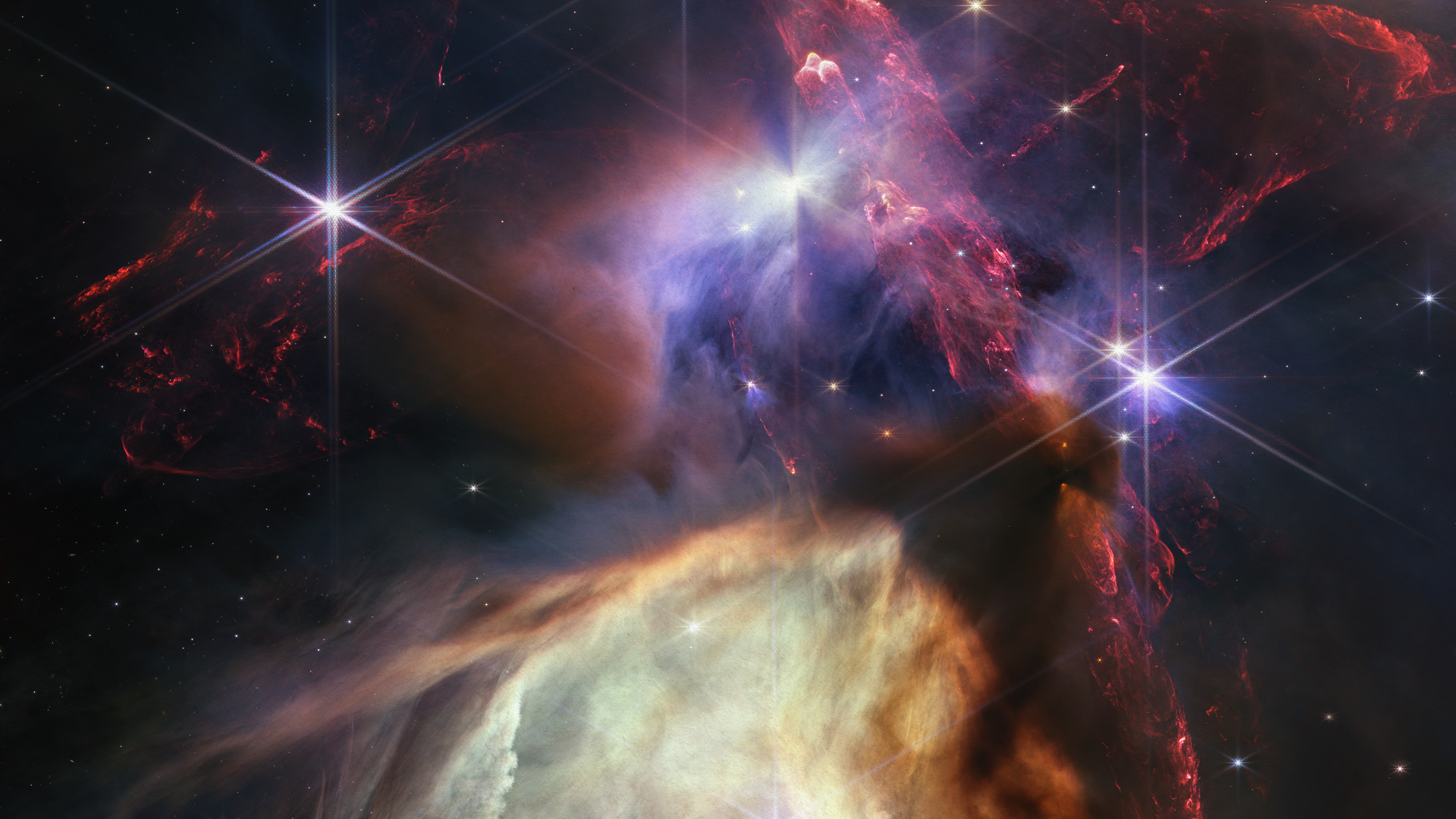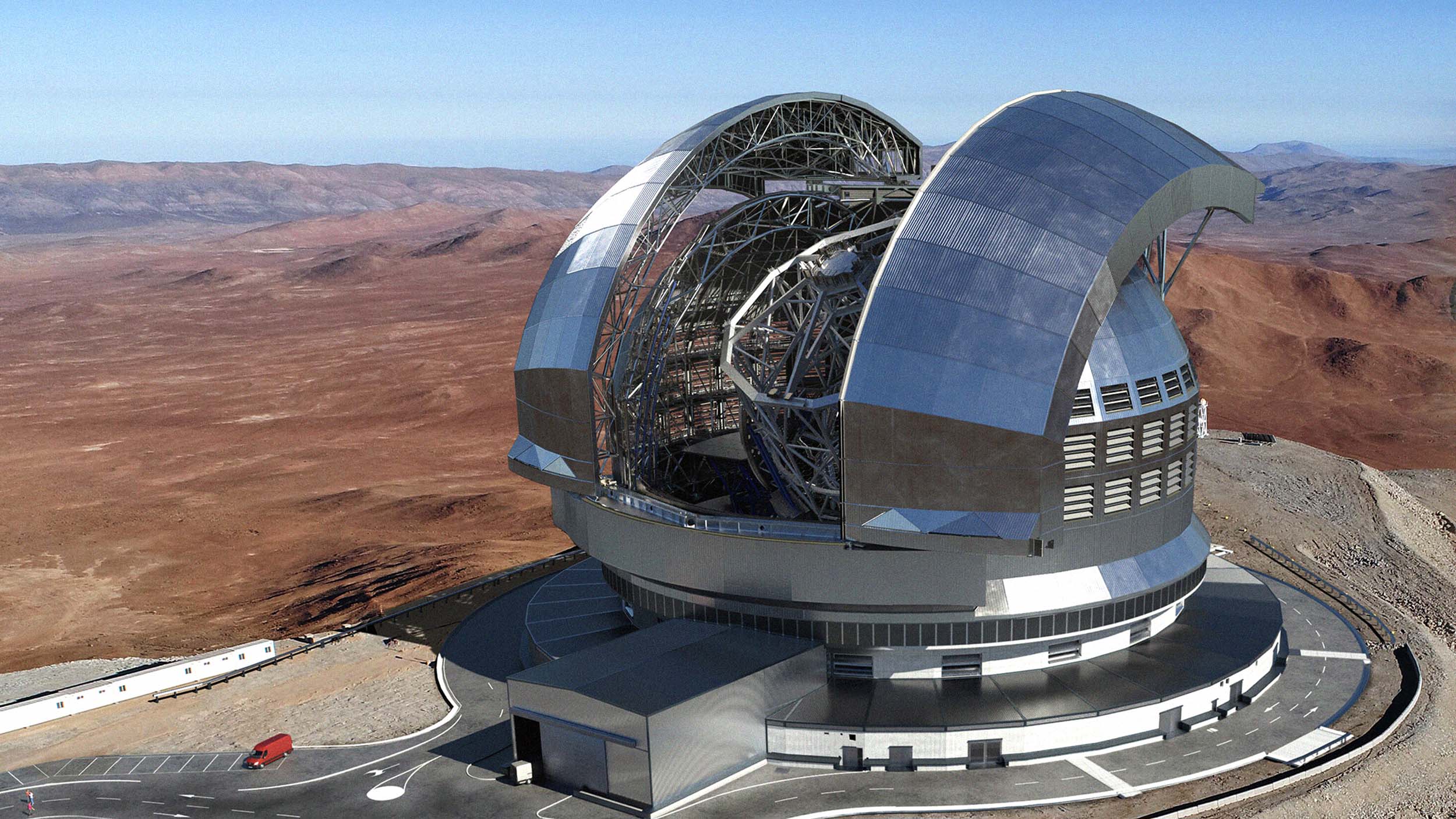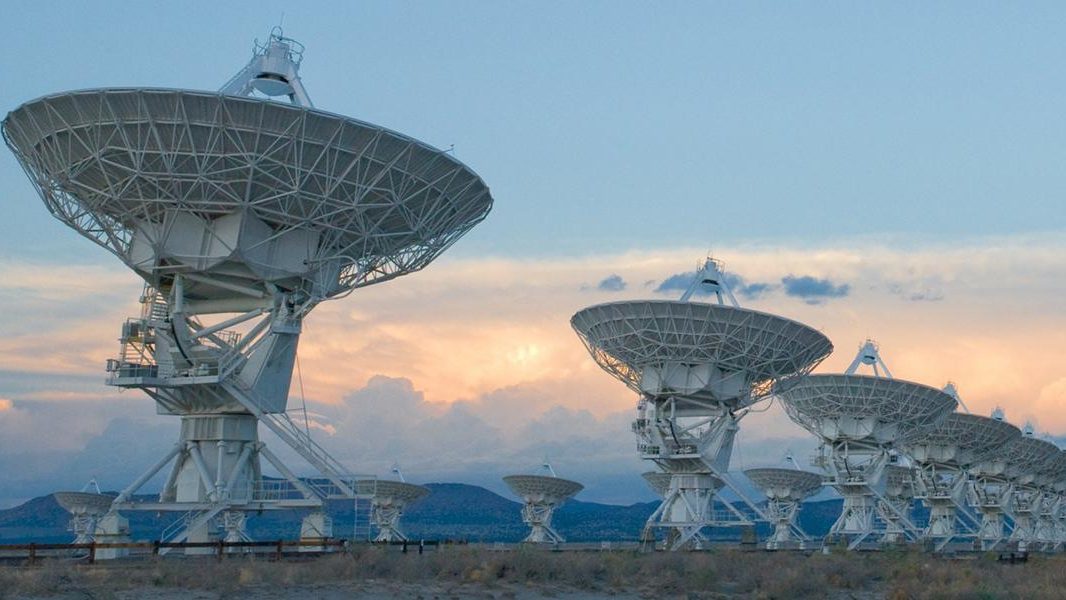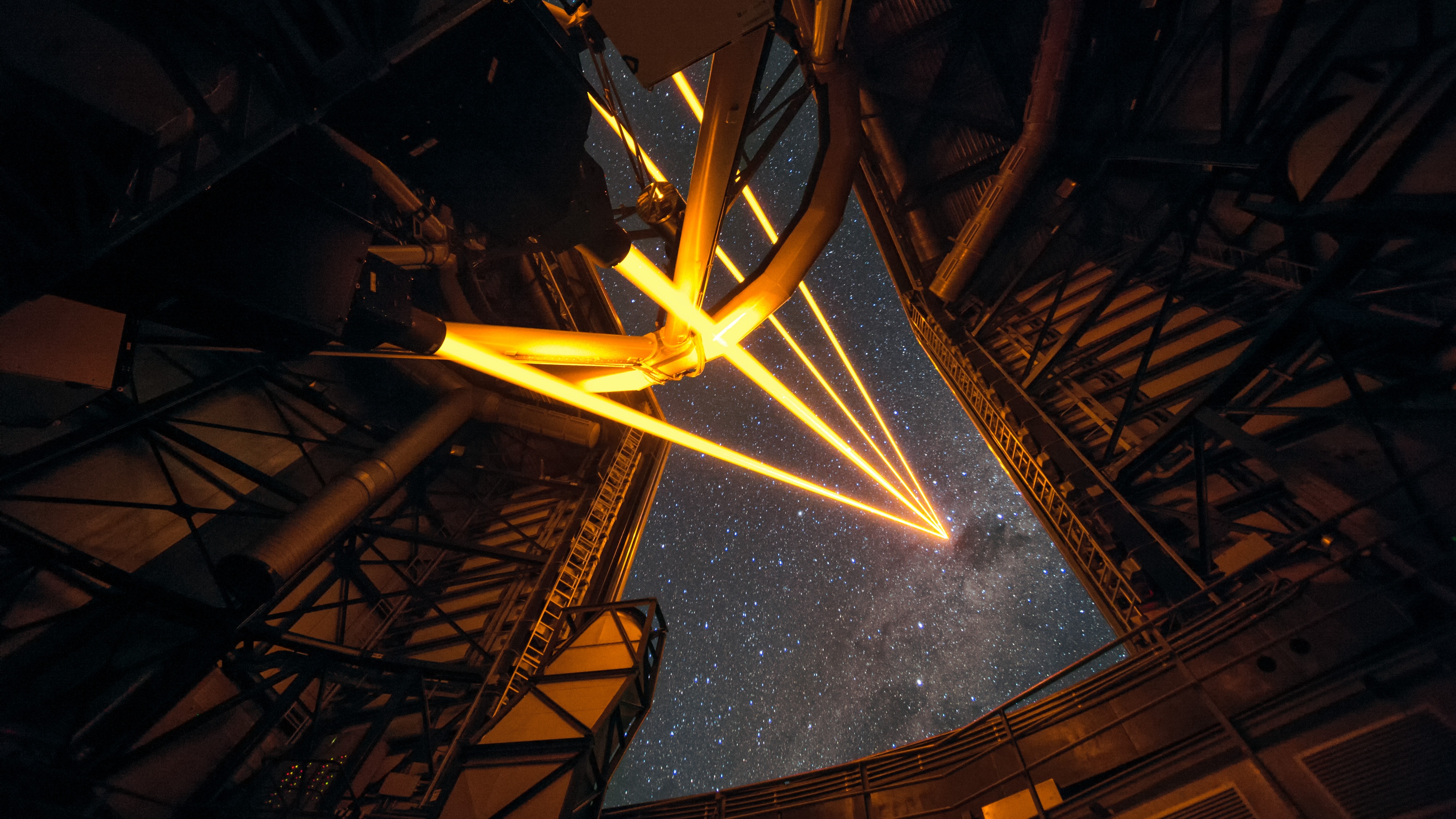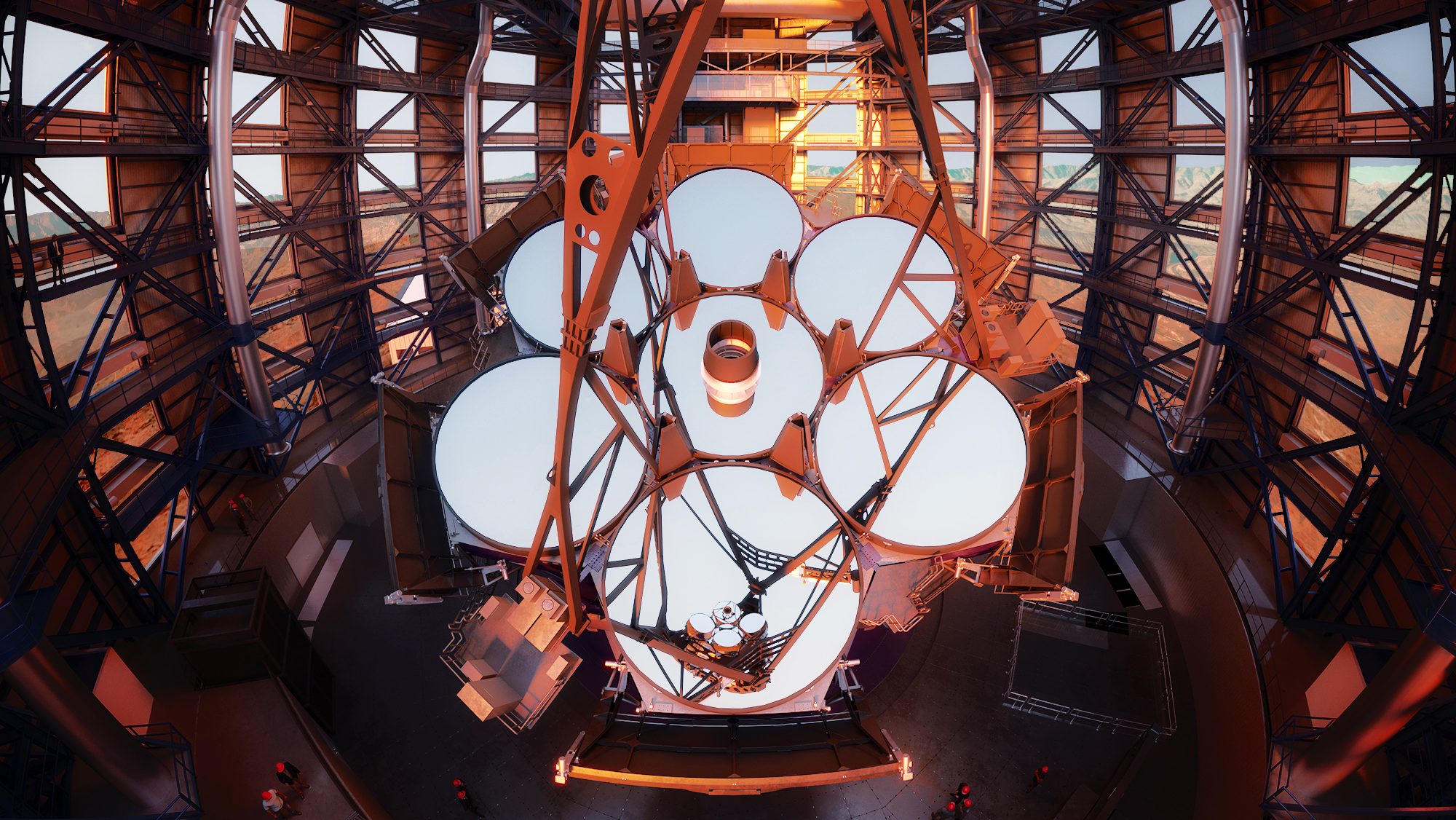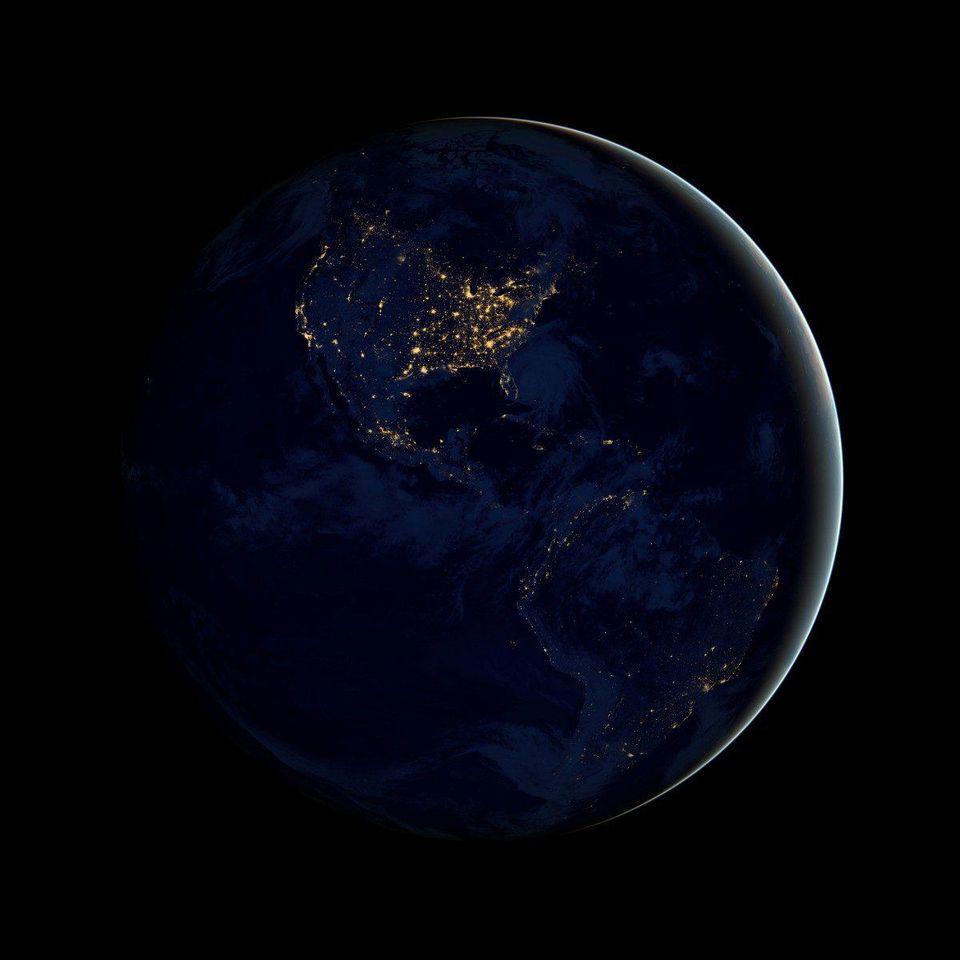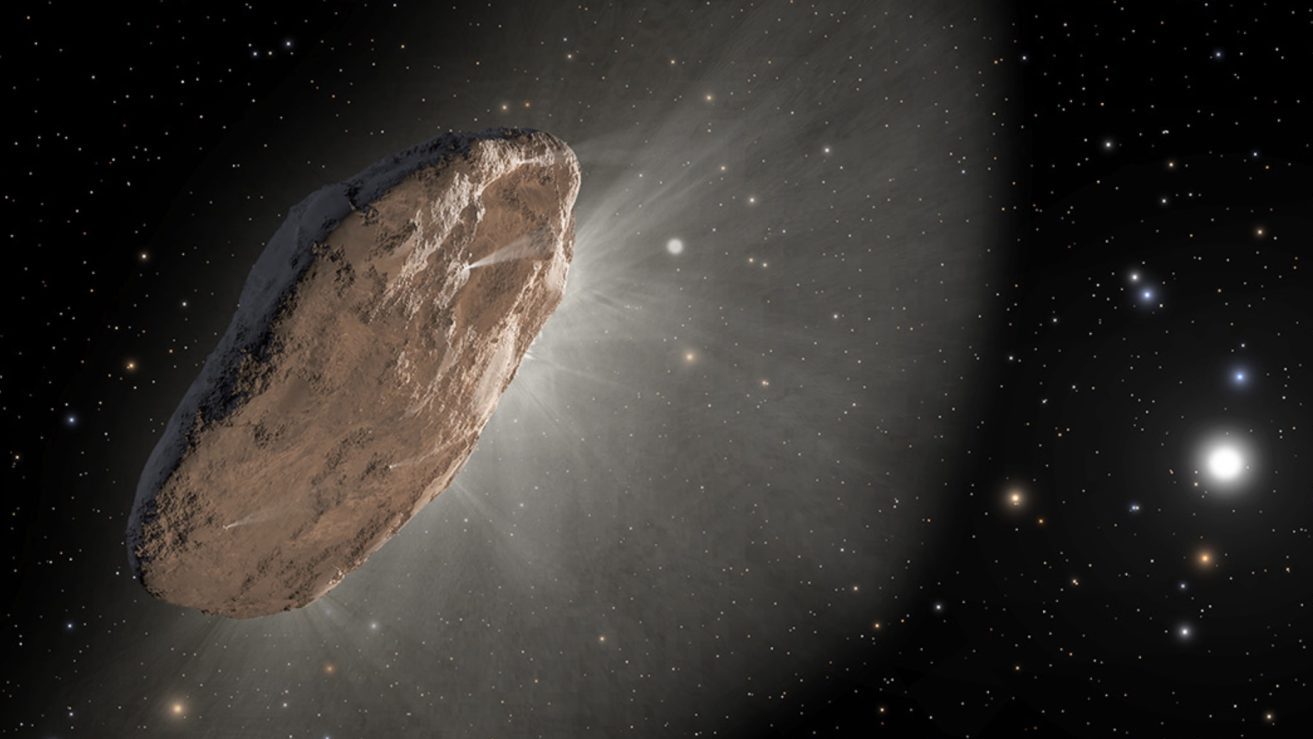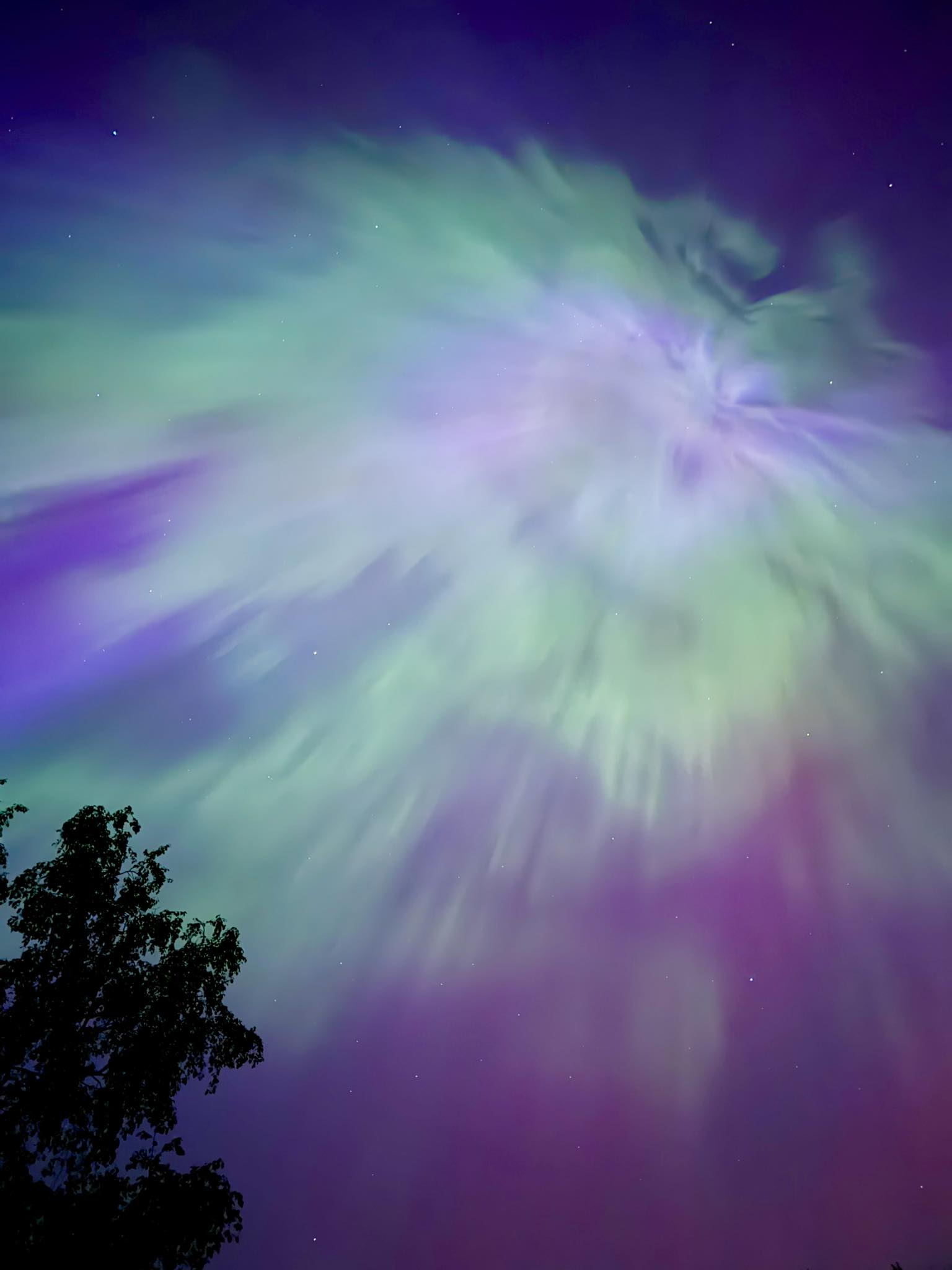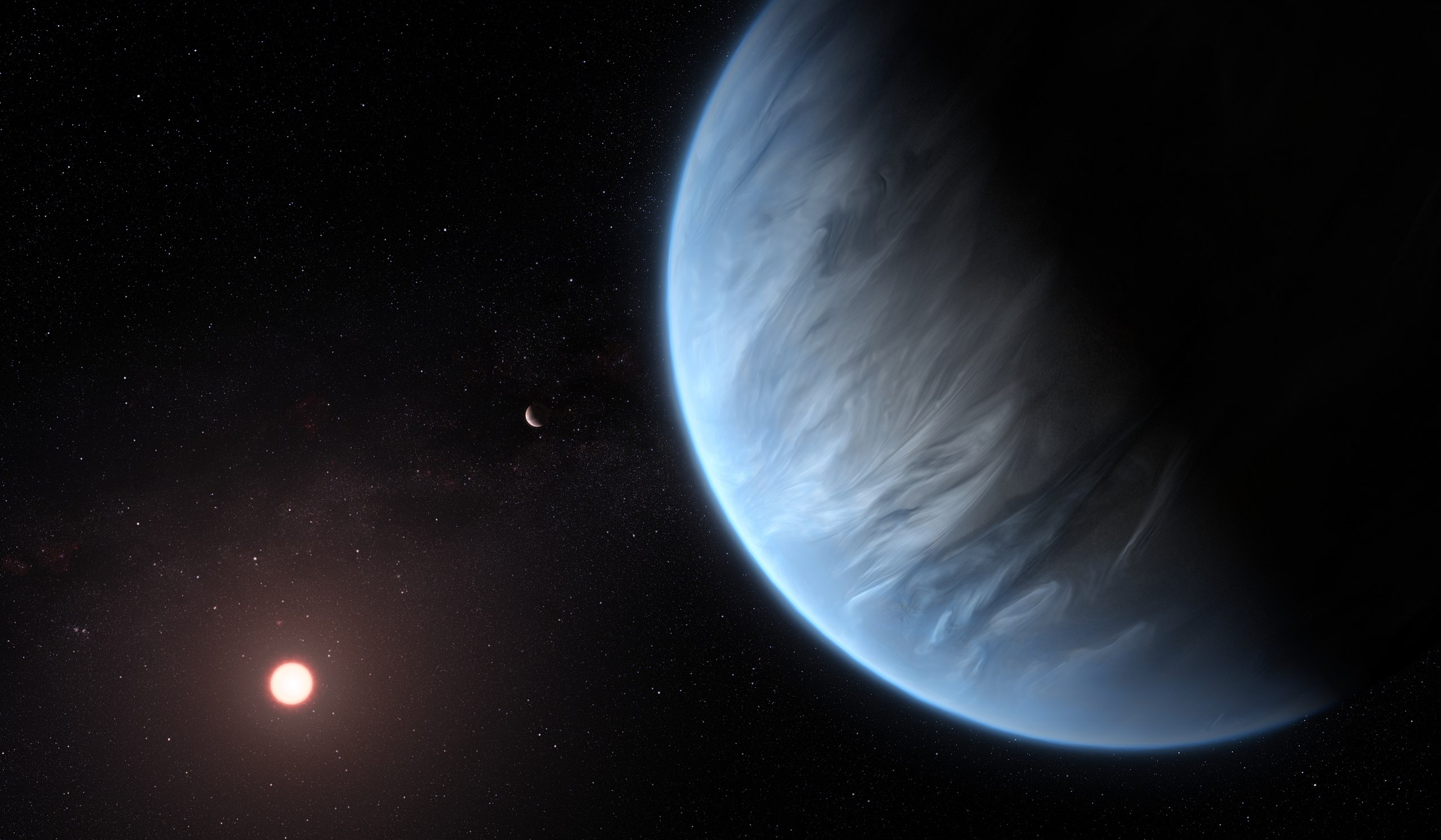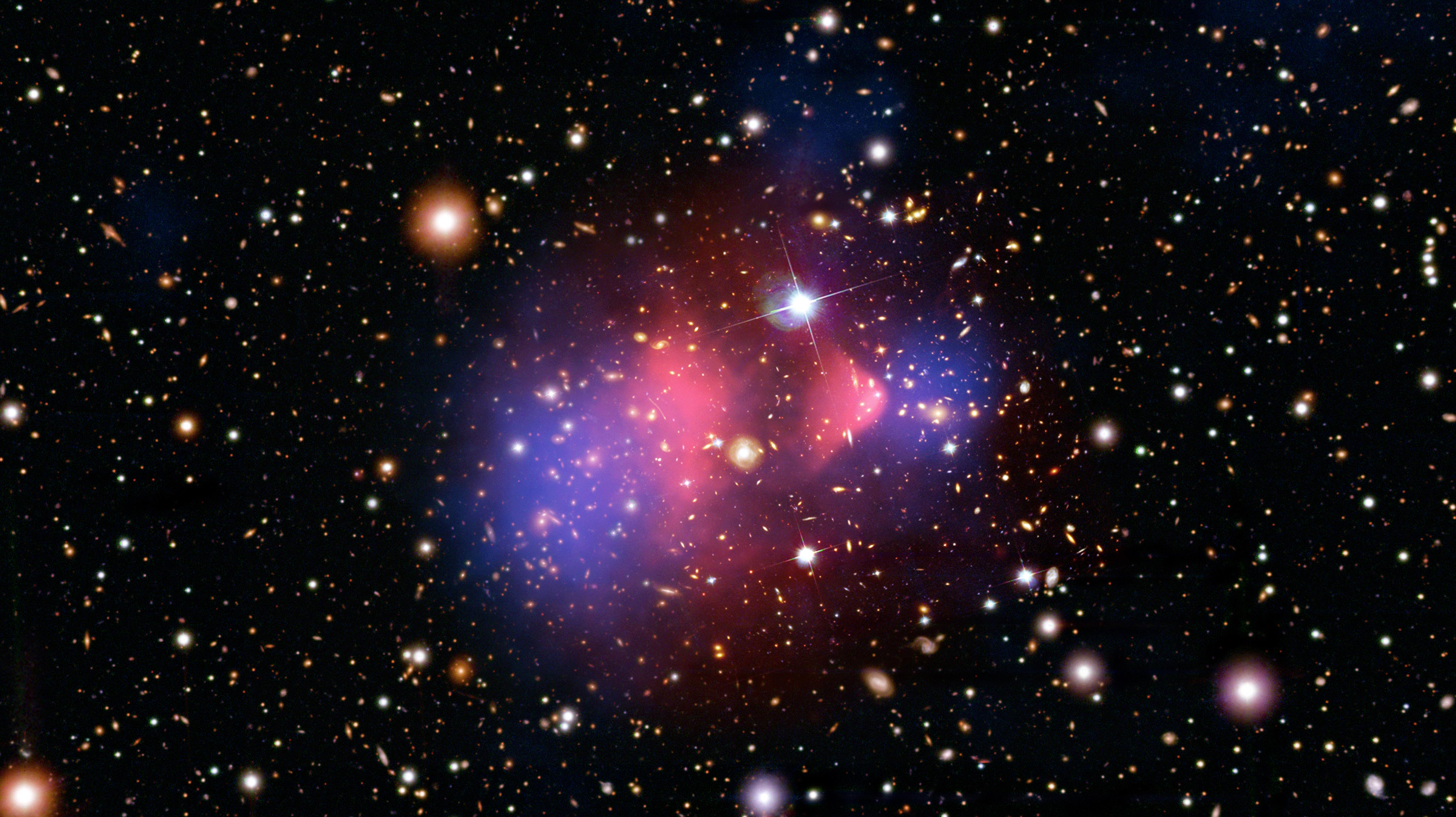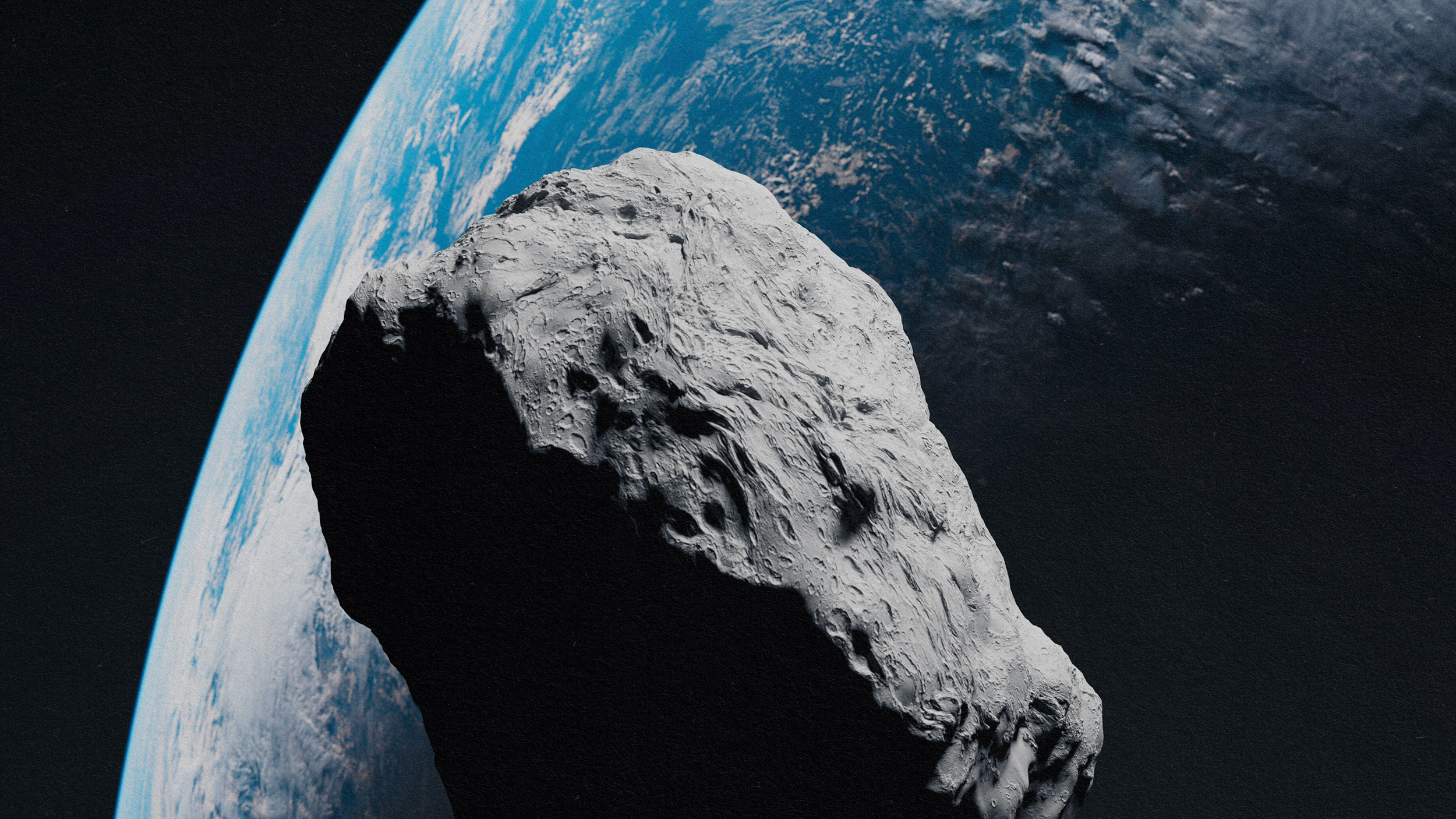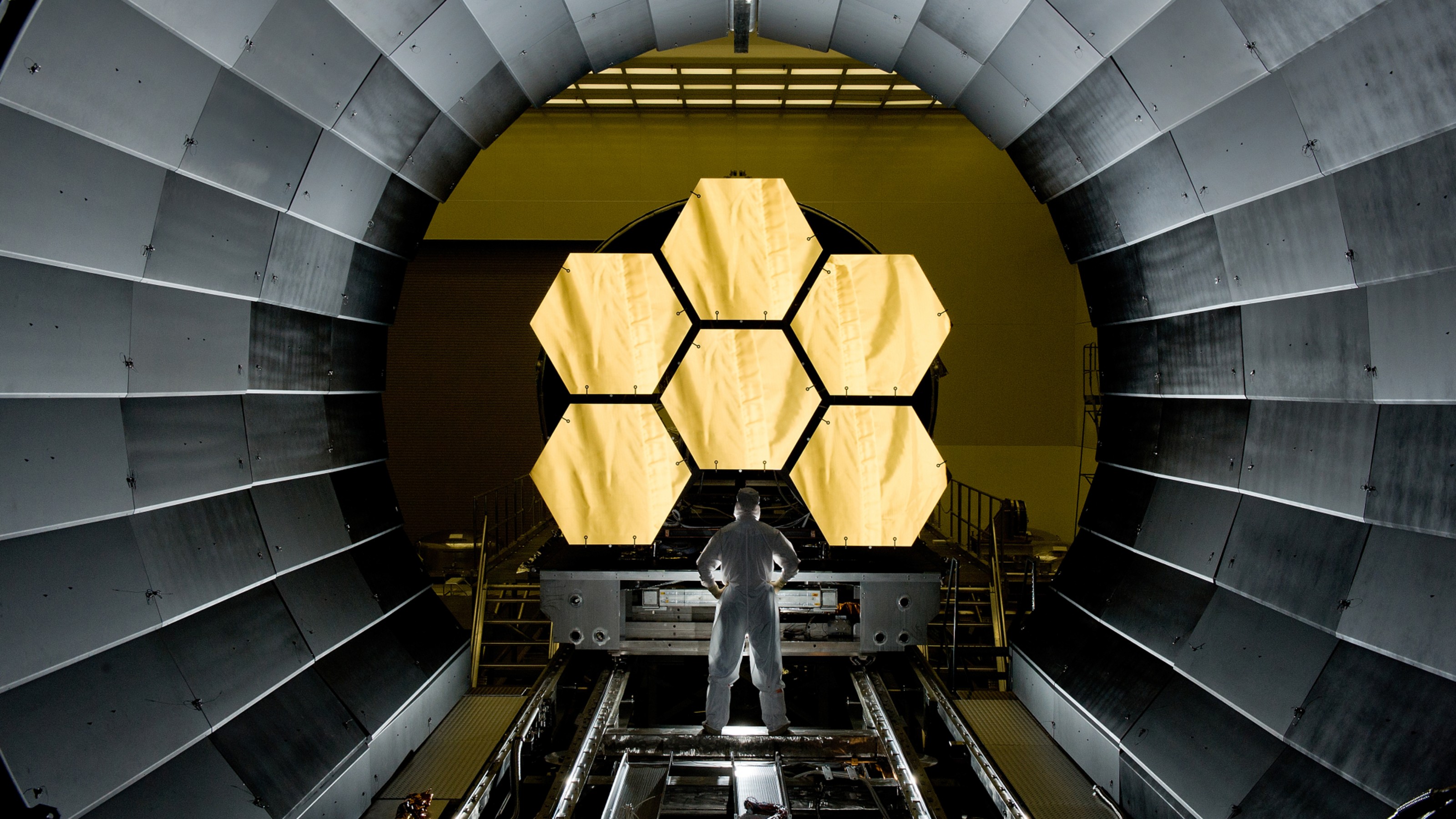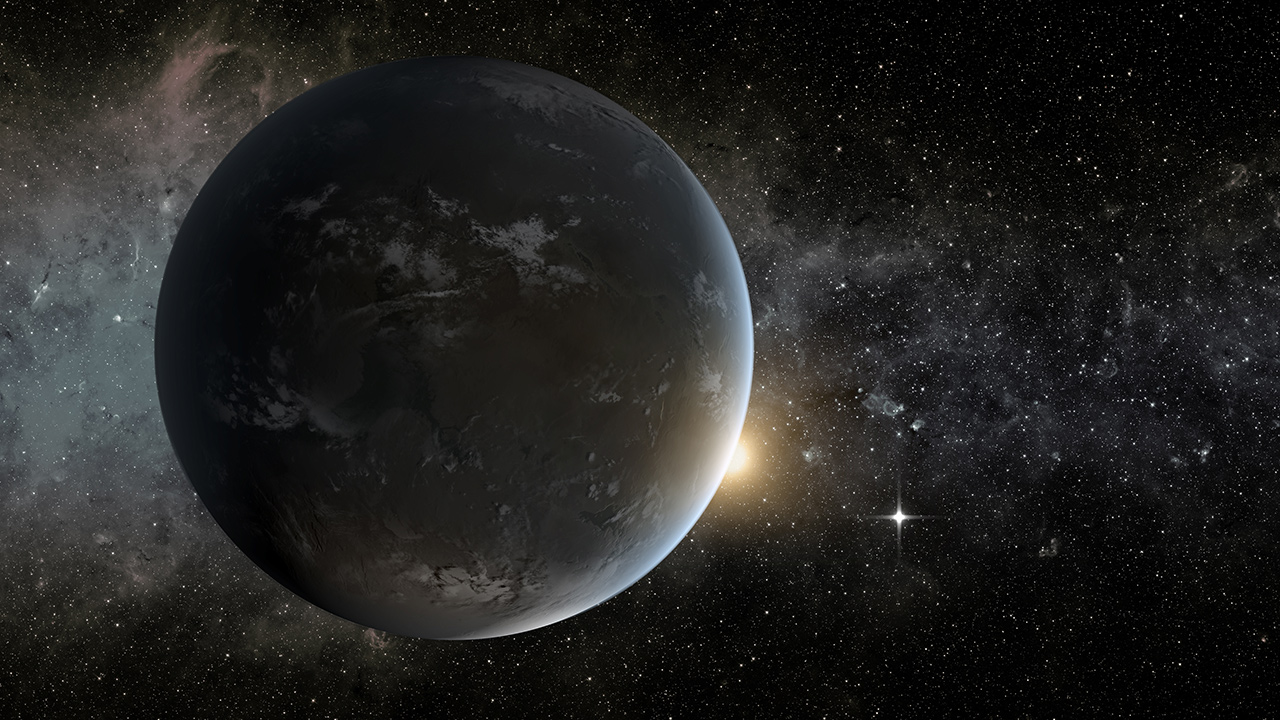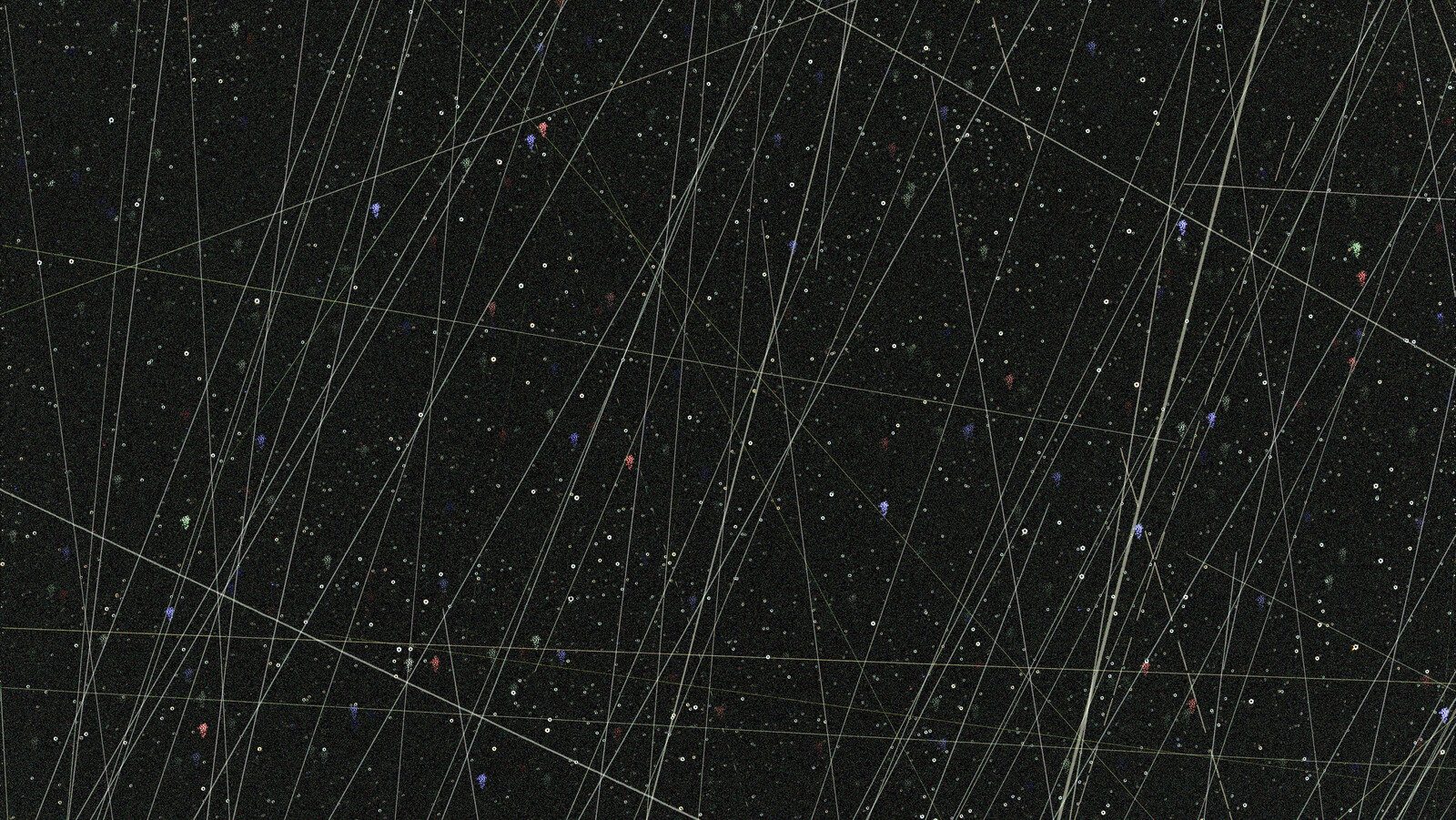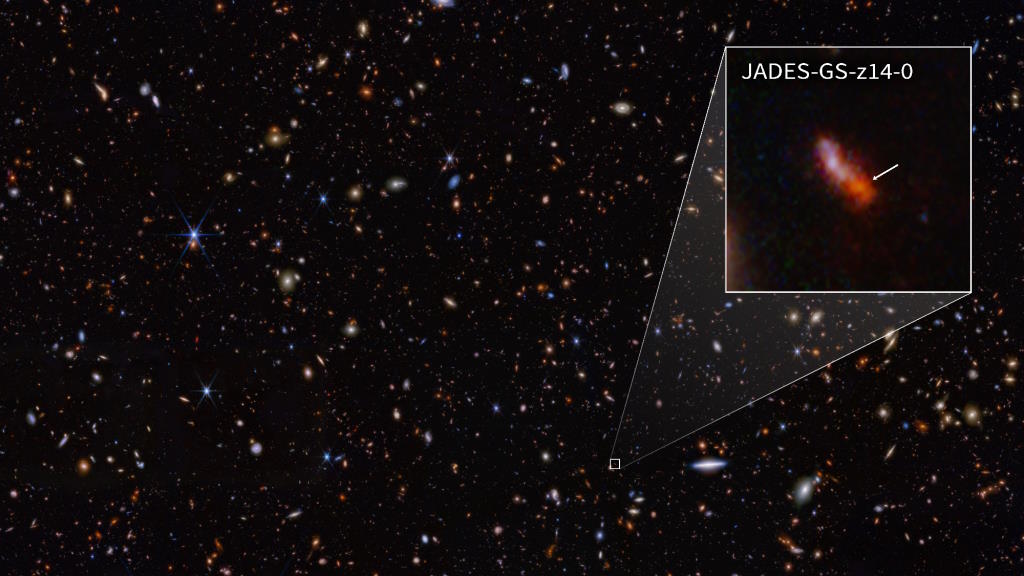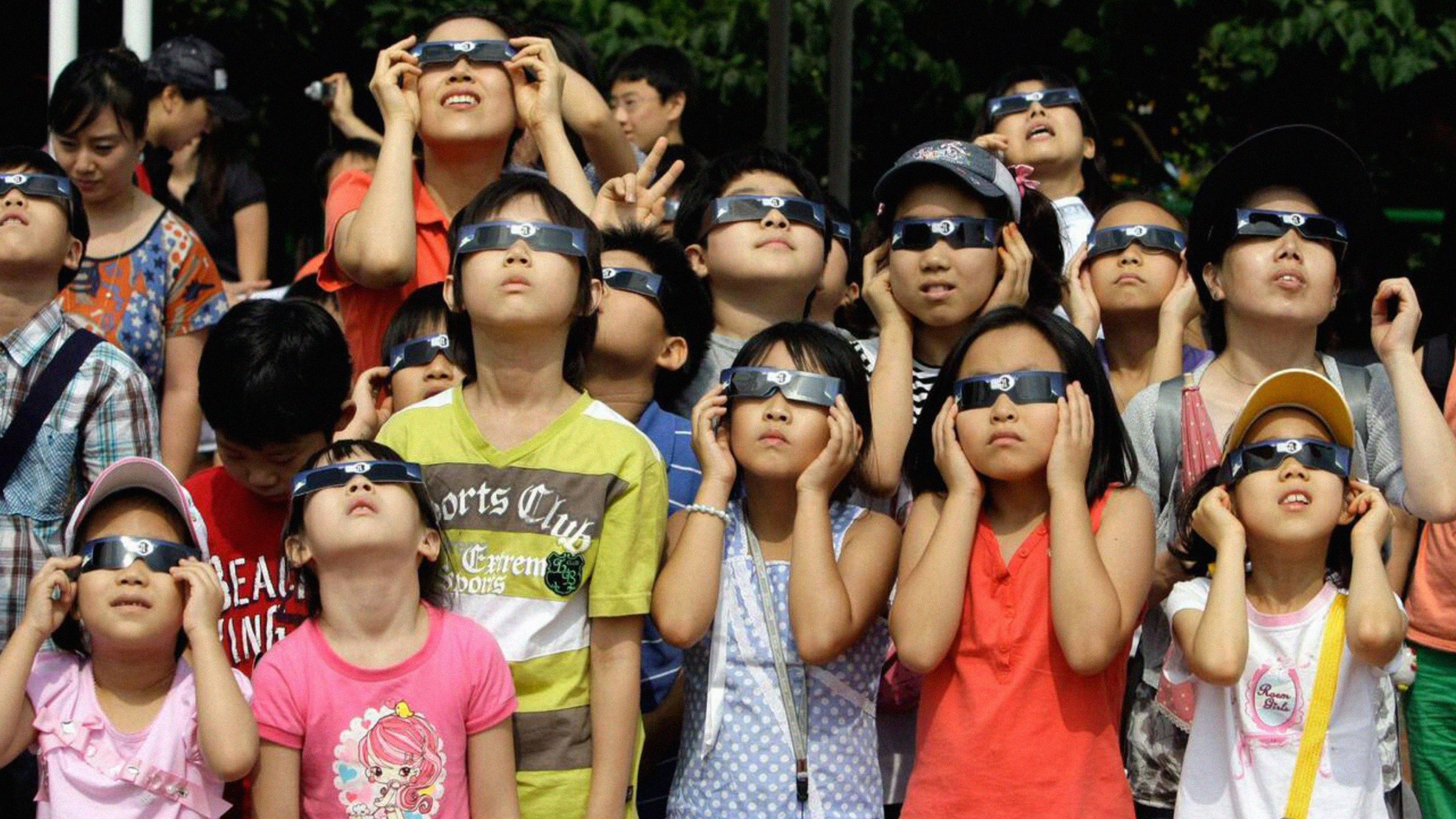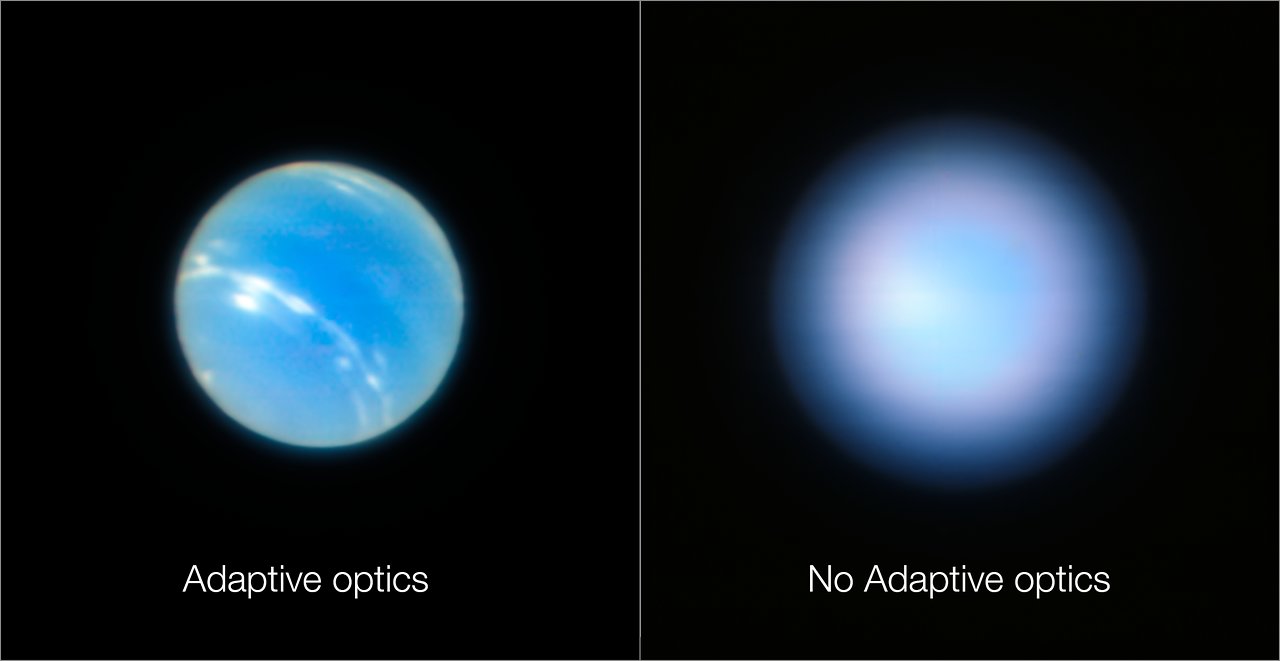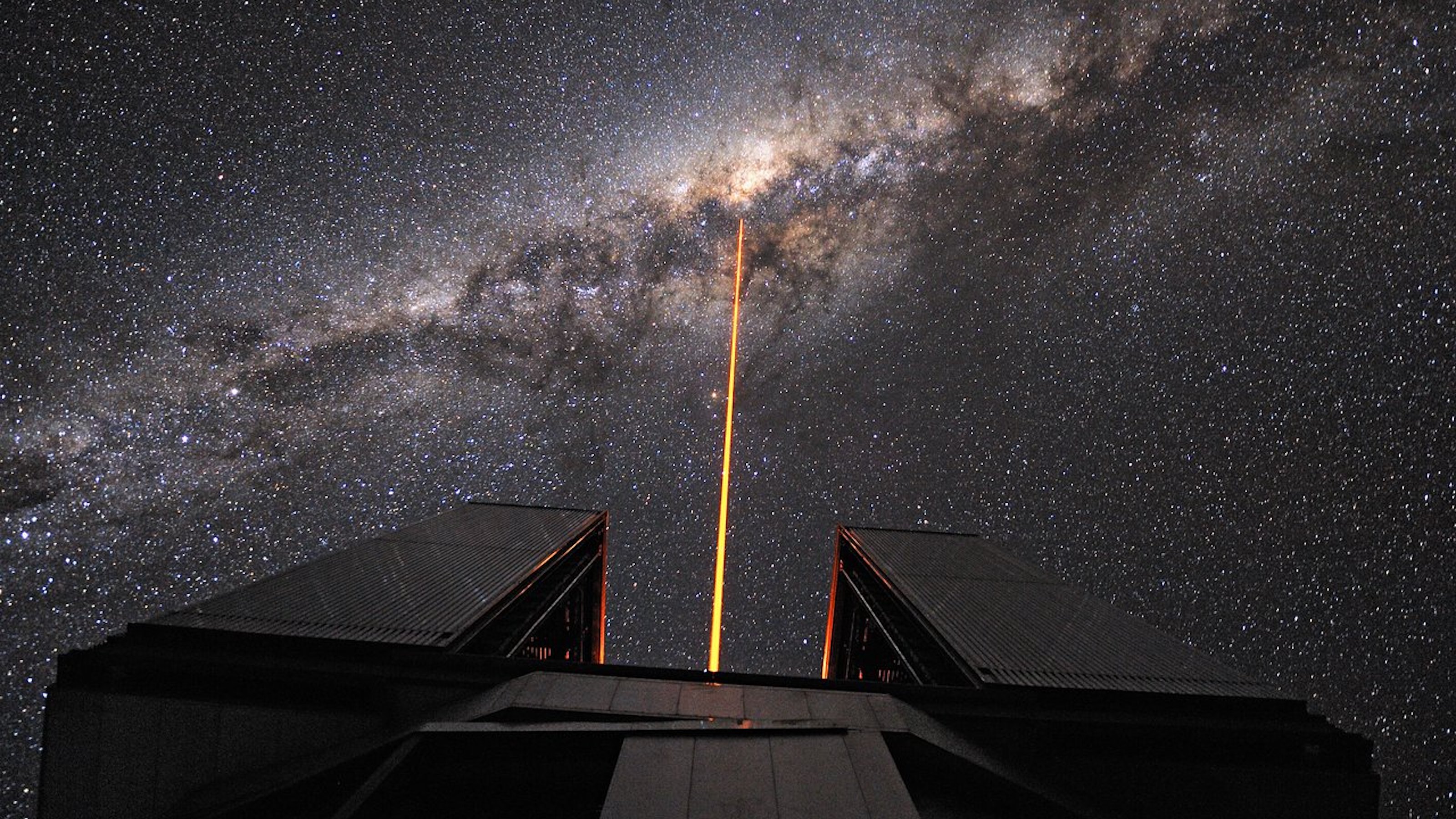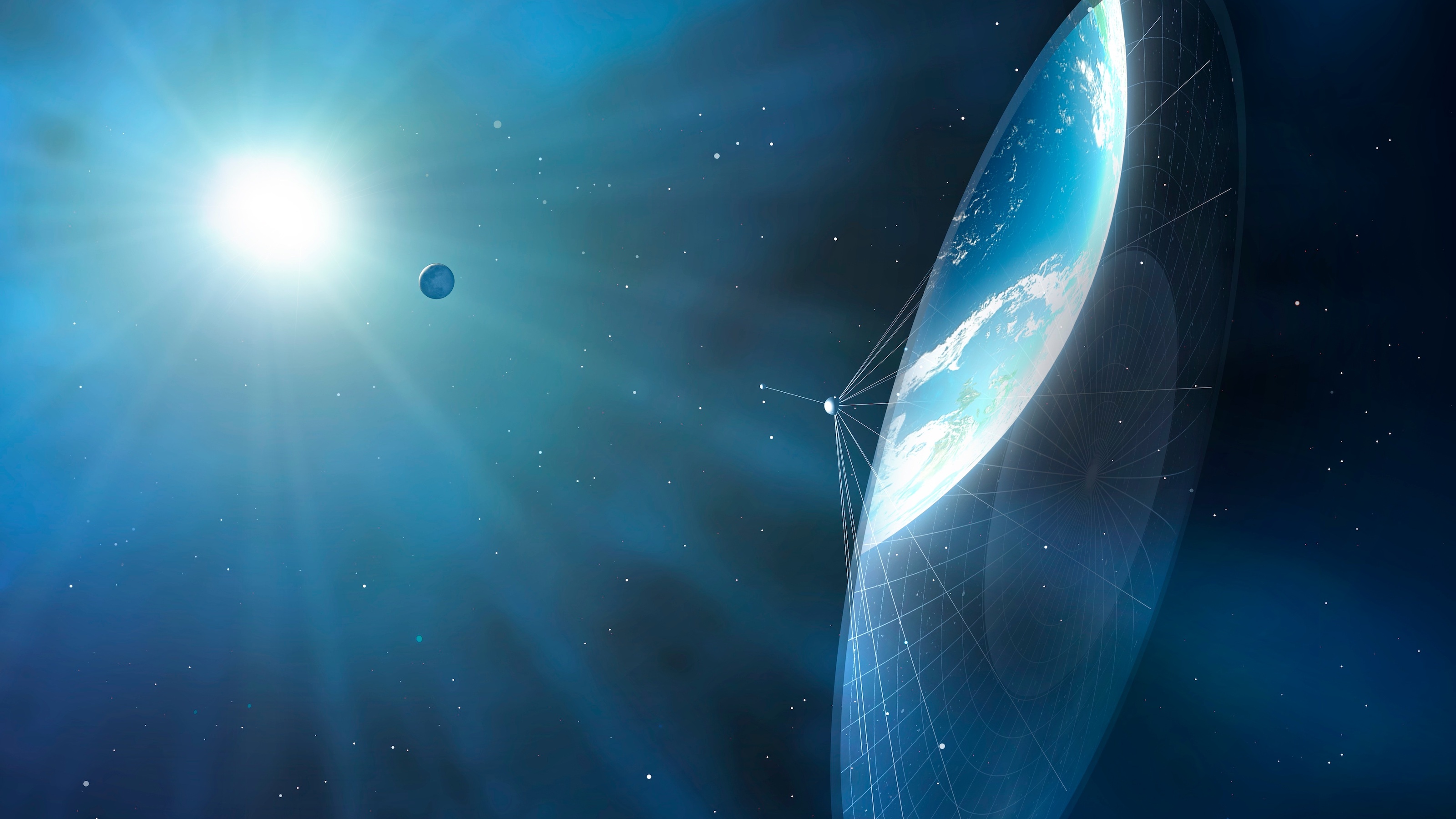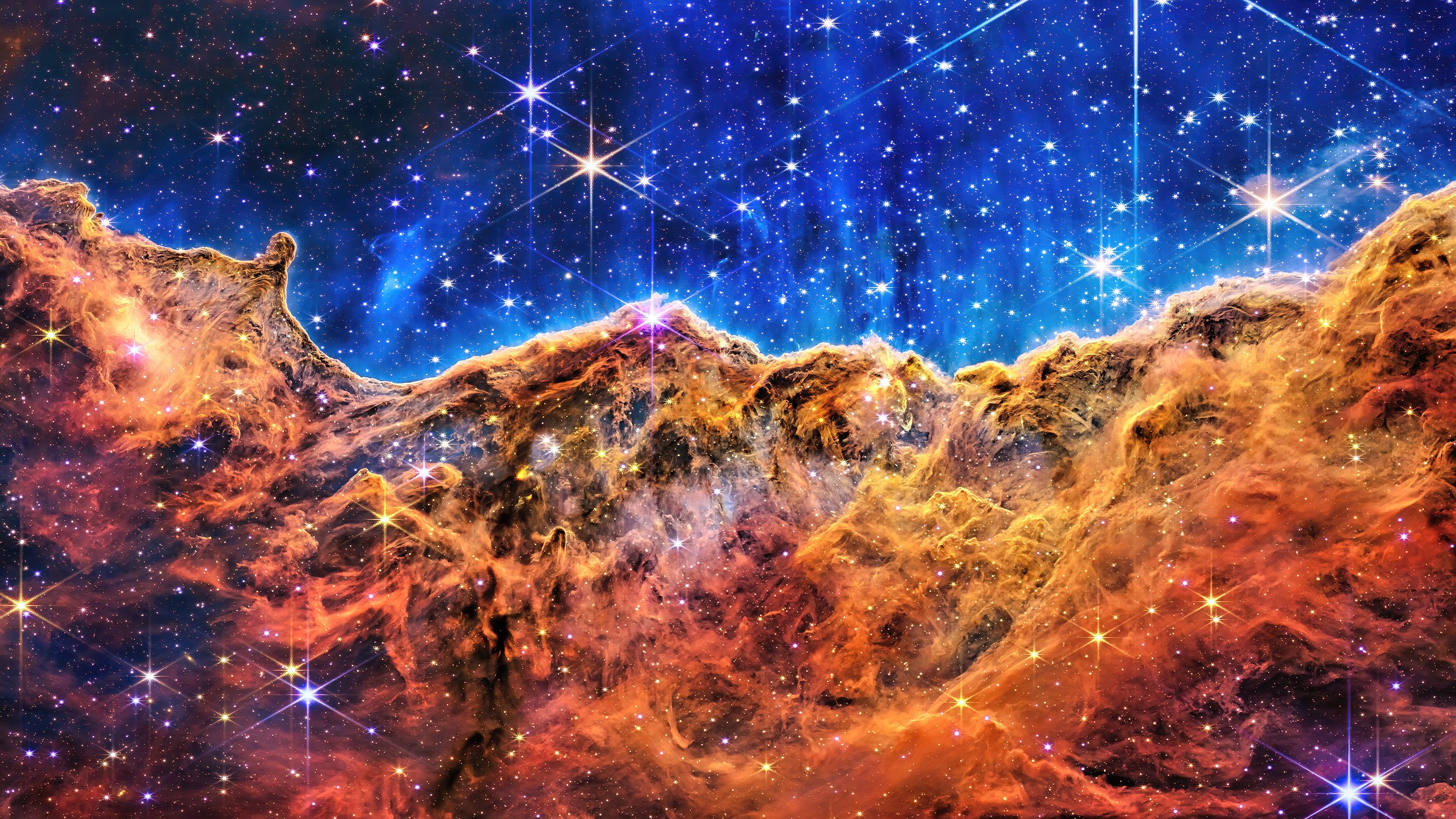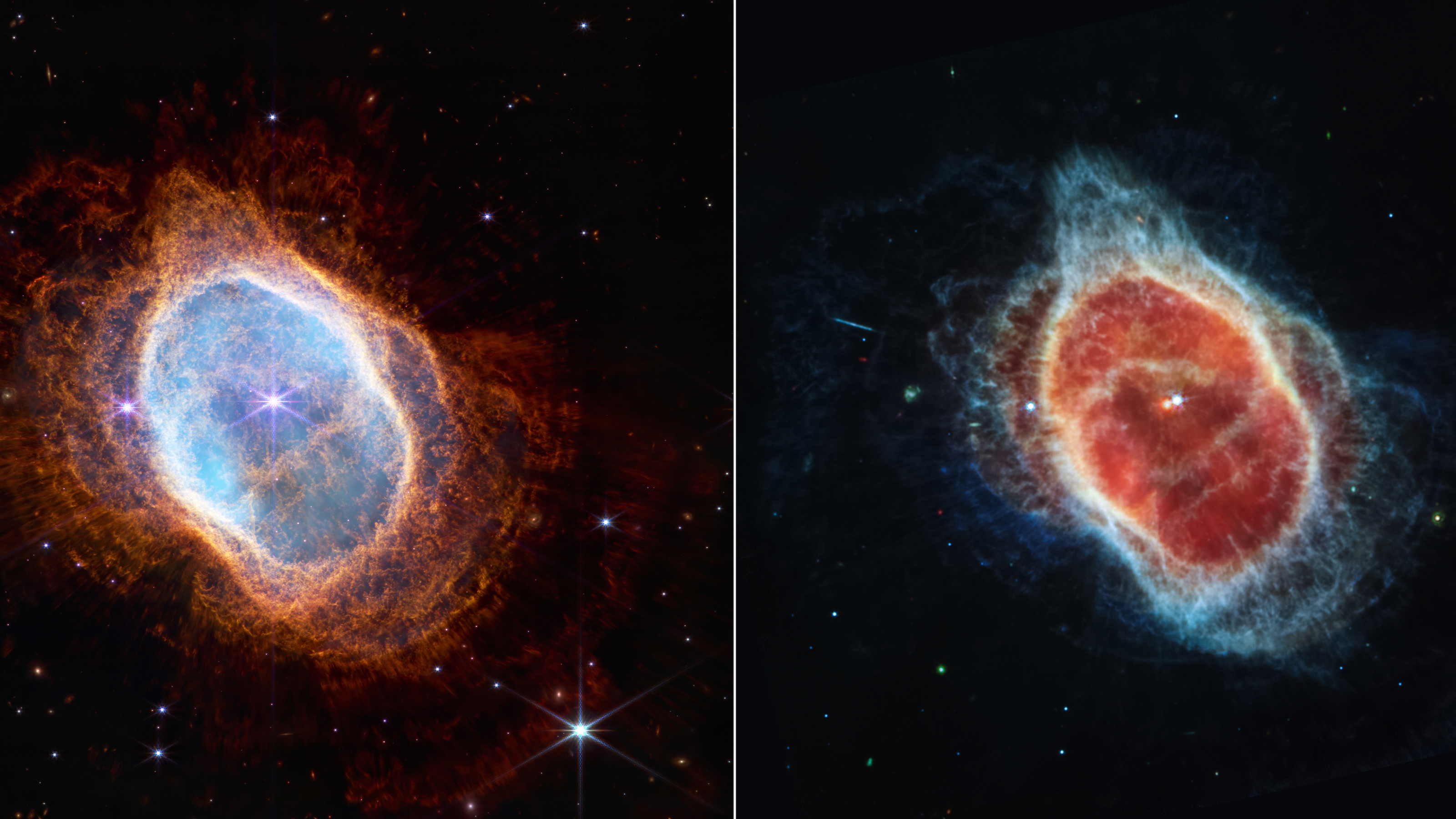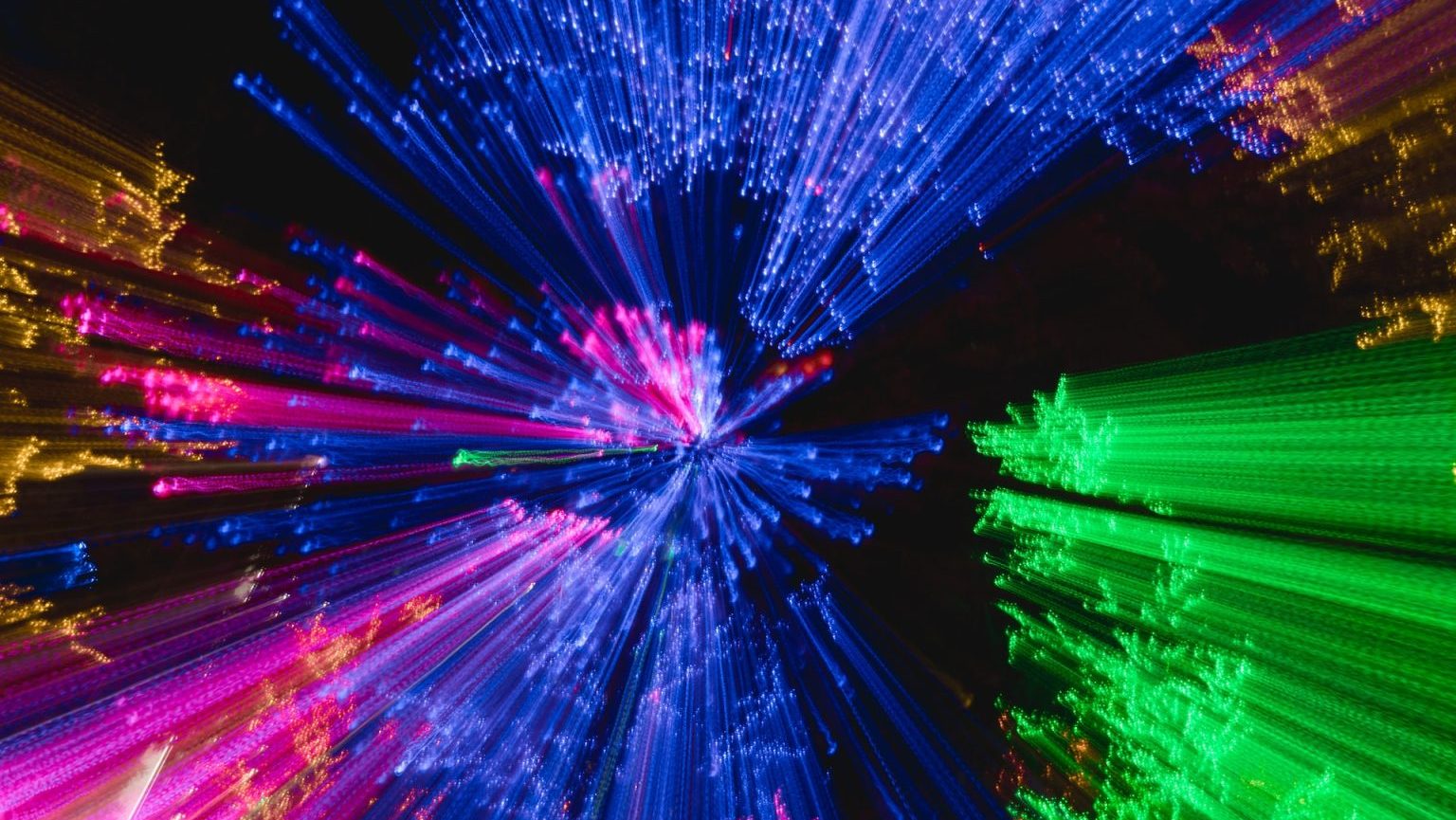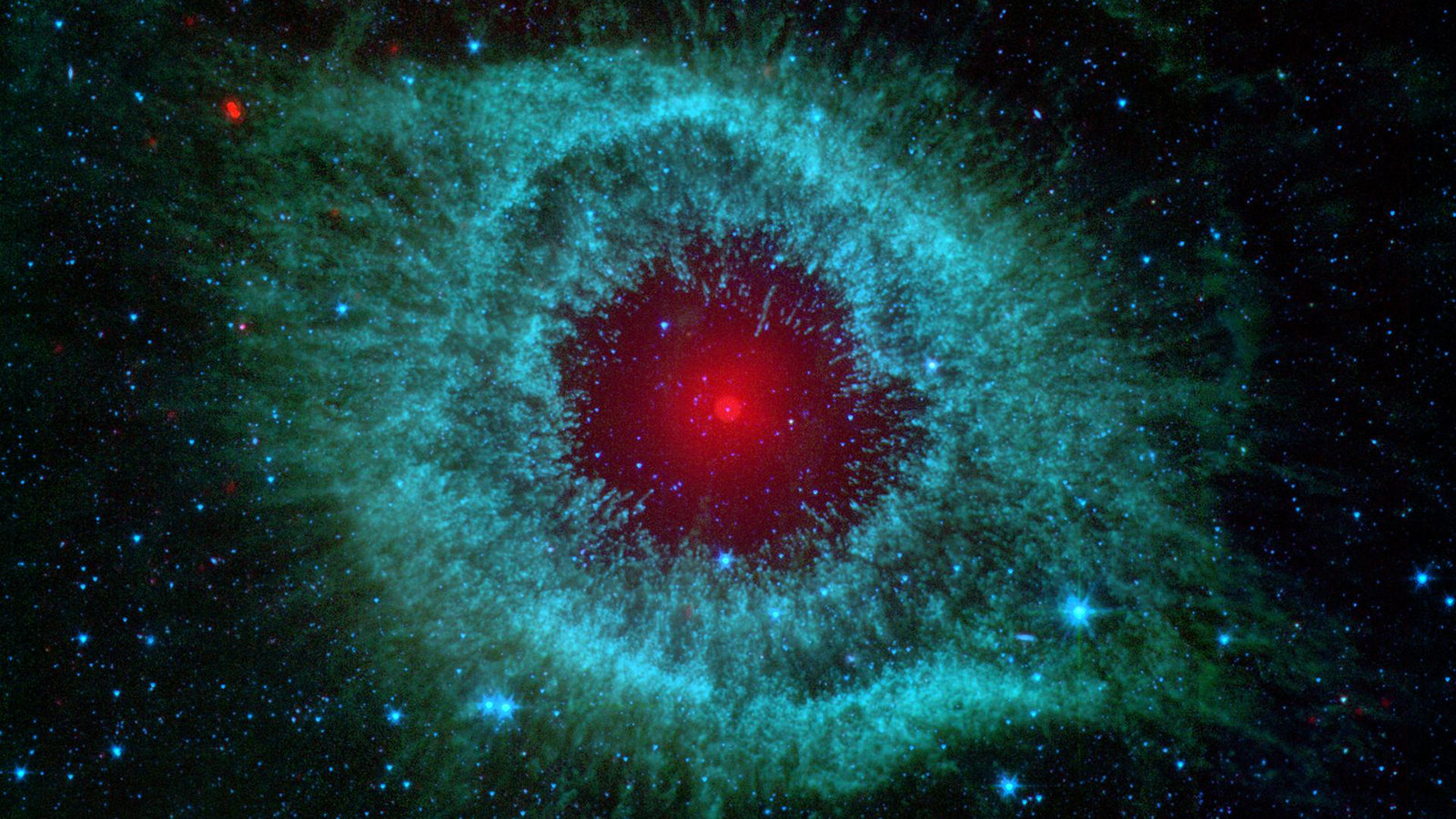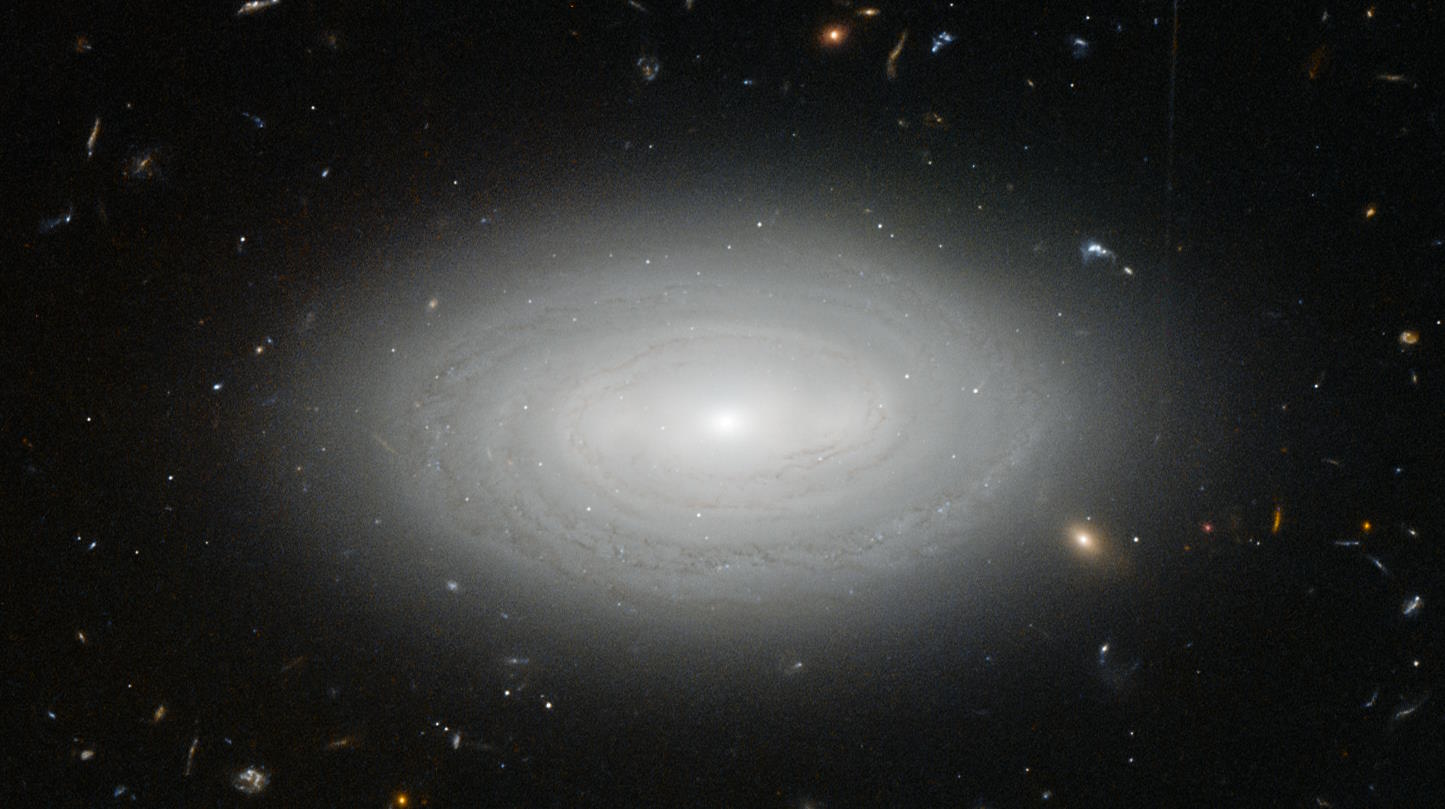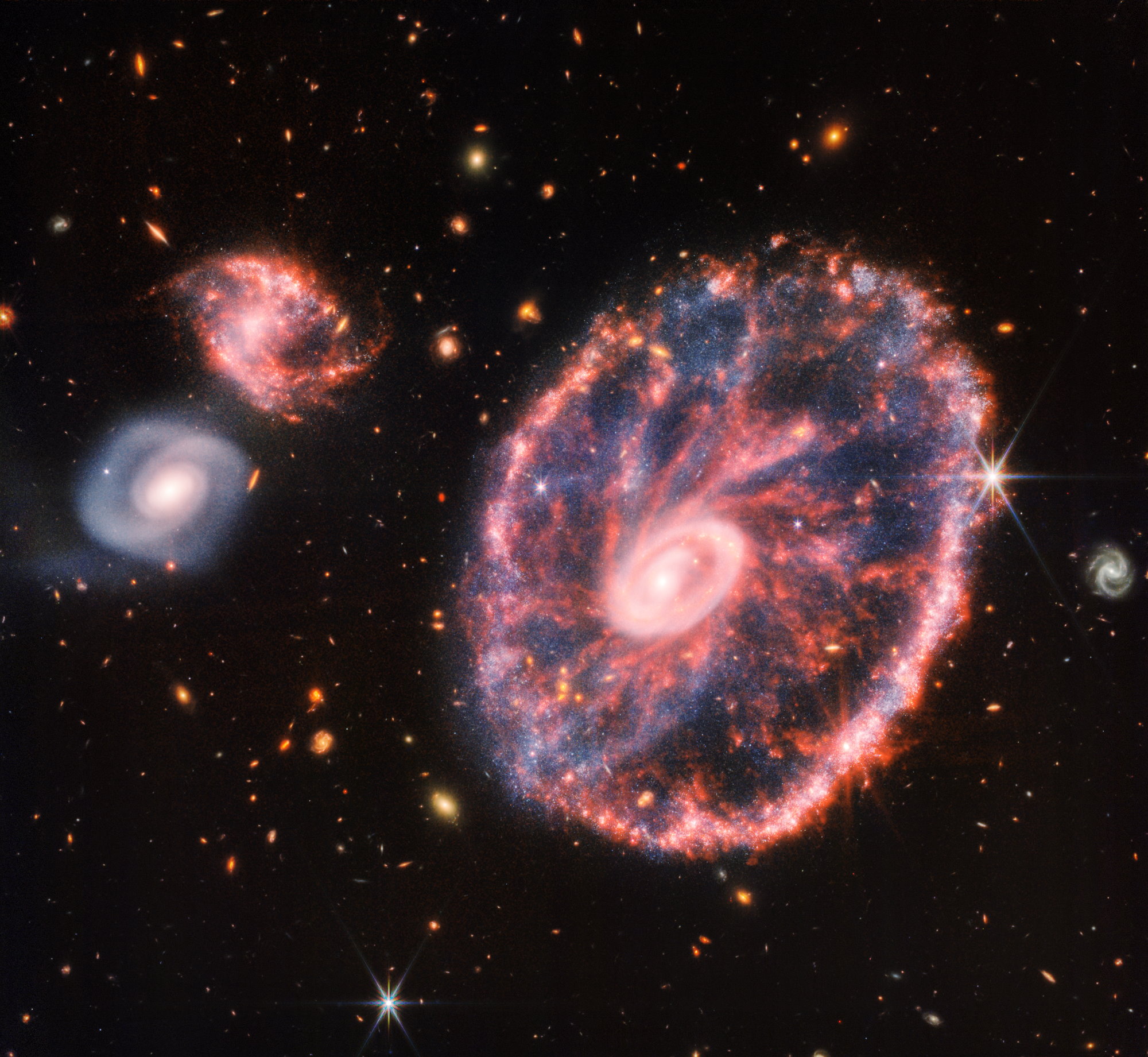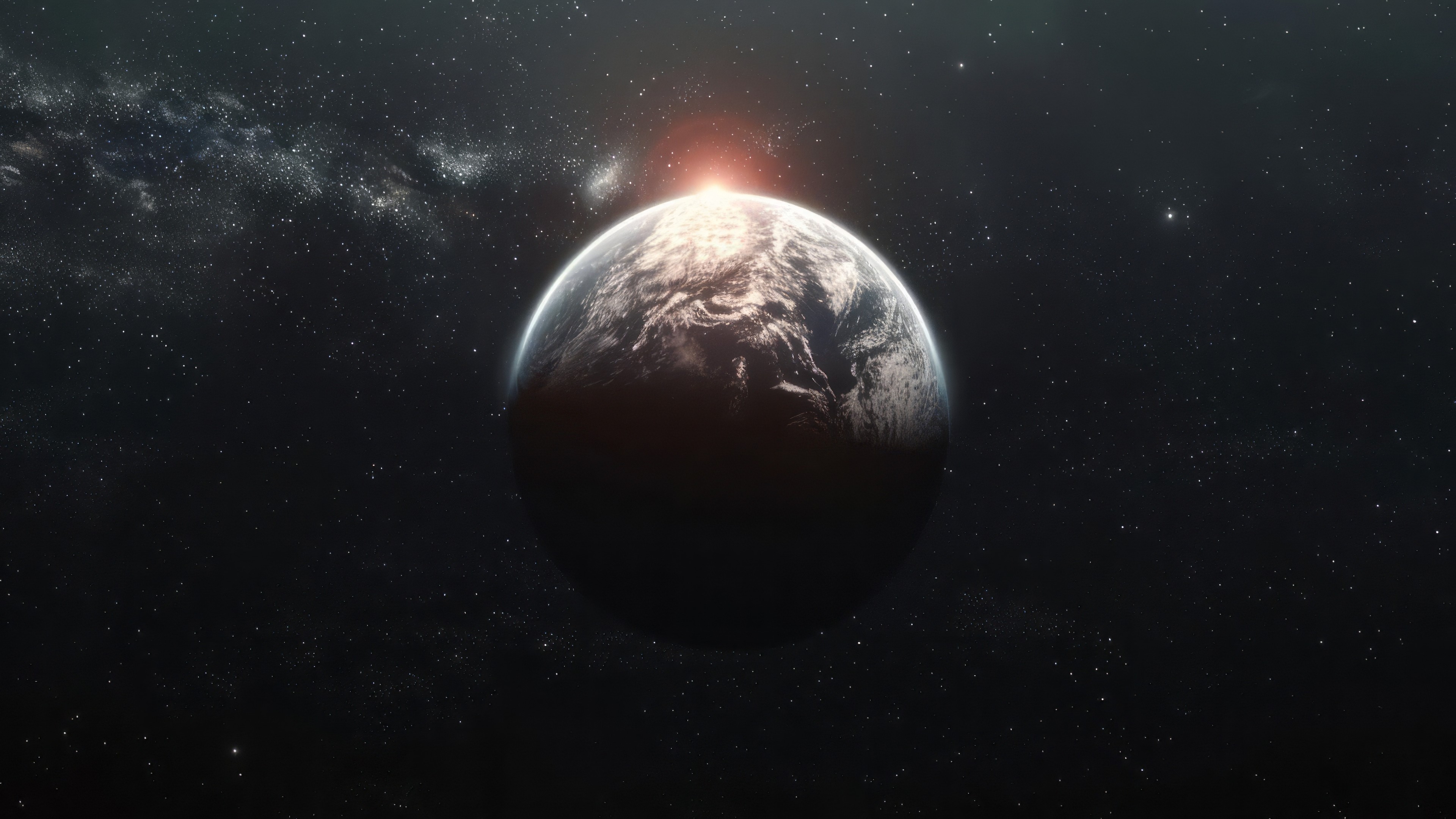The space telescope’s findings challenge the notion of a galaxy brimming with life.
Search Results
You searched for: Telescope
The Extremely Large Telescope (ELT) will have a light-collecting power 10 times greater than today’s best telescope.
The sharpest optical images, for now, come from the Hubble Space Telescope. A ground-based technique can make images over 100 times sharper.
Lasers, mirrors, and computational advances can all work together to push ground-based astronomy past the limits of our atmosphere.
Ground-based facilities enable the greatest scientific production in all of astronomy. The NSF needs to be ambitious, and it’s now or never.
With LEDs bringing brighter nighttime lighting than ever before, and thousands of new satellites polluting the skies, astronomy needs help.
The detection of two celestial interlopers careening through our solar system has scientists eagerly anticipating more.
The most iconic, longest-lived space telescope of all, NASA’s Hubble, is experiencing orbital decay as the solar cycle peaks. Here’s why.
Each of our three nearest stars might have an Earth-like planet in orbit around it. Here’s what we’ll learn when we finally observe it.
NASA’s only flagship X-ray telescope ever, Chandra, still works and has no planned successor. So why does the President want to kill it?
Freethink’s weekly countdown of the biggest space news, featuring Starship’s second test flight, a new “dark mysteries” telescope, and more.
The asteroid is expected to come within 140,000 miles of Earth — well inside the moon’s orbit.
The JWST’s observations of well-developed galaxies early in universal history may coincide with accepted astronomical theory after all.
Individual space telescopes, like Hubble and JWST, revolutionized our knowledge of the Universe. What if we had an array of them, instead?
In 2023, data from the James Webb Space Telescope soured hopes that TRAPPIST-1 c had an atmosphere. That disappointment might have been premature.
In 1957, humanity launched our first satellite; today’s number is nearly 10,000, with 500,000+ more planned. Space is no longer pristine.
All telescopes are fundamentally limited in what they can see. JWST reveals more distant galaxies than Hubble, but still can’t see them all.
On Saturday, October 14, a solar eclipse crosses North and South America. Here are 4 quick, easy, low-tech activities for everyone to enjoy!
Size matters, but it’s not the only thing.
Air currents in our atmosphere limit the resolving power of giant telescopes, but computers and artificial stars can sharpen the blur.
It’s a radical but plausible idea.
It is a story with nebulous beginnings and no discernible end.
Like humans, stars die. The James Webb Space Telescope’s early images already give us a lot of information about how this happens.
The first tests of optical communications far from Earth will take place aboard the asteroid-bound Psyche spacecraft
The Universe isn’t as “clumpy” as we think it should be.
With no other galaxies in its vicinity for ~100 million light-years in all directions, it’s as isolated and lonely as a galaxy can be.
Humanity’s newest, most powerful space telescope is performing even better than predicted. The reason why is unprecedented.
An interview with Lisa Kaltenegger, the founding director of the Carl Sagan Institute, about the modern quest to answer an age-old question: “Are we alone in the cosmos?”
Finding it at all was a happy accident. Examining it further may help unlock the secrets hiding within the earliest galaxies of all.
On July 12, 2022, JWST will release its first science images. Here are 5 ways the telescope’s findings could change science forever.
